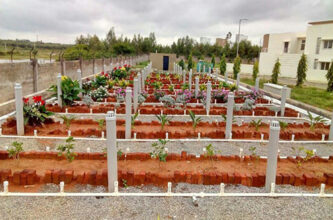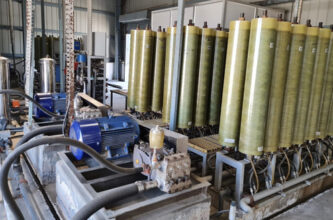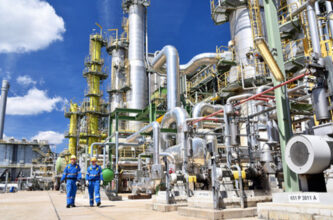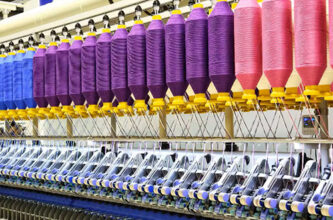Effluent Treatment Plant (ETP) – FAQ
1. What is the most energy-efficient biological treatment technology?
Among the mentioned technologies, Moving Bed Biofilm Reactor (MBBR) is generally considered more energy-efficient than conventional Activated Sludge processes. This is because MBBR utilizes attached growth of microorganisms on the carriers, which can achieve high treatment efficiency with lower aeration requirements.
2. Which technology is best suited for high-strength wastewater?
Membrane Bioreactor (MBR) is often preferred for treating high-strength wastewater due to its ability to achieve very high effluent quality. The membrane filtration step effectively removes suspended solids and other contaminants, resulting in a cleaner effluent.
3. What type of media is used in MBBR systems?
MBBR systems typically utilize small plastic carriers filled with a biofilm of microorganisms. These carriers can vary in shape and size depending on the specific application.
4. How does the biofilm on the media contribute to treatment?
The biofilm provides a large surface area for microorganisms to attach and grow. These microorganisms actively degrade organic matter, remove nutrients, and improve water quality.
5. How does MBBR compare to other biofilm-based technologies?
Compared to other biofilm technologies like trickling filters, MBBR offers higher treatment efficiency in a smaller space, better resistance to hydraulic and organic shock loads, and easier control of the process.
6. How does the activated sludge process work?
In this process, wastewater is mixed with a suspension of microorganisms (activated sludge) in an aeration tank. Aeration promotes the growth of microorganisms that consume organic matter, converting it into biomass (sludge).
7. What are the different variations of the activated sludge process?
Common variations include conventional activated sludge, extended aeration, and modified aeration processes, each with specific design and operating parameters.
8. What are the key stages involved in the activated sludge process?
The key stages include aeration, settling (to separate the activated sludge from the treated water), and sludge disposal.
9. What are the advantages of using the Activated Sludge Process?
The Activated Sludge Process is a well-established and widely used technology with several advantages:
- Versatility: It can be adapted to treat a wide range of wastewater types.
- Cost-effectiveness: It is generally a cost-effective option for many applications.
- Mature technology: Extensive research and development have resulted in a robust and reliable process.
10. How does an MBR system differ from conventional activated sludge?
MBR integrates a membrane filtration system with the activated sludge process. The membrane physically separates the microorganisms from the treated water, resulting in higher effluent quality.
11. What are the potential challenges of MBR systems?
Challenges may include membrane fouling (accumulation of material on the membrane surface), higher energy consumption for membrane operation, and potentially higher capital costs.
12. What are the key factors to consider when selecting an ETP technology?
The choice of ETP technology depends on several factors, including:
- Wastewater characteristics (flow rate, pollutant concentration, etc.)
- Space availability
- Budget constraints
- Effluent discharge requirements
- Energy consumption
- Environmental impact
- Operational and maintenance considerations












